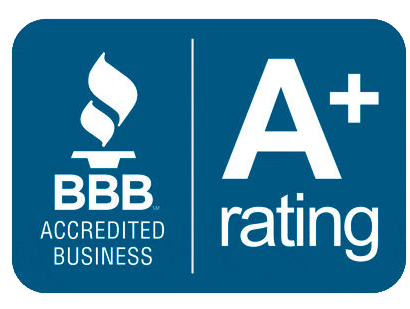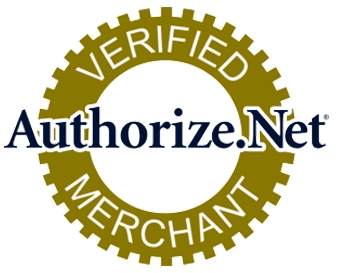
Should I Have an AED at Home?
We've all seen the those heart defibrillators that seem to be popping up everywhere. You know, the ones where some poor sap has a collapses and then the life-saving device shocks his chest back into action? It turns out that these little contraptions may be even more important than we thought, because nearly 350,000 people die from cardiac arrest in the United States every year. That's why every home should have at least one AED on hand! Keep reading to learn why...
Do you know what an AED is? If not, you should definitely learn more about them. An AED, or automated external defibrillator, is a device that can save someone's life if they experience cardiac arrest. You never know when you might need one, so it's important to have one in your home just in case. Here are four reasons why you should have an AED in your home.
- An AED could save a loved one's life.
- They're easy to use and even easier to store.
- They're less expensive than you'd think.
- An AED could help you save the day during a crisis situation.
An AED could save a loved one's life.
To put into perspective, the current population of the United States is 329.5 million people. As previously noted, sudden cardiac arrest (SCA) kills approximately 350,000 per year. Some simple math will tell you that translate to even more than 1 in 1000 Americans will succumb to cardiac arrest within a year.
The key to survival from sudden cardiac arrest is prompt defibrillation & CPR. In fact, after 5 minutes from collapse, the odds of survival decrease by 10% with every passing minute. Many of the 350,000 people that will die this year would have survived had they been defibrillated promptly.
Don't Ambulances Have Defibrillators On Board?
The short answer is Yes, most ambulances in the United States are equipped with defibrillators, with some exceptions. That said, the average response time from the 911 call to EMS arrival in America is between 7-12 minutes. That puts the minimum average response time at 2 minutes past the optimal time range from cardiac arrest to defibrillation. This also assumes that the 911 call is placed immediately following a collapse. More often than not, a victim is discovered on the ground, potentially minutes after collapse. When minutes count, this time adds up quickly.
AEDs are Easy to Use & Even Easier to Store.
An Automated External Defibrillator (AED), is designed to be so easy to use that someone who has never even heard of defibrillation can use them. Every AED unit will verbally announce rescue instructions to the responder, and will only deploy a lifesaving shock if the victim's ECG reading (also read by the AED) is determined to be a "shockable" rhythm. Some AED units, like the ZOLL AED Plus, Cardiac Science Powerheart G5, or the ZOLL AED 3 even include CPR compression technology that will guide a responder through CPR compressions, and provide feedback based on the compressions being administered.
AED units are also self-maintaining. Every day, the AED conducts hundreds of self-tests, testing individual components, battery life, and electrode integrity to ensure that your AED is ready for a rescue. AED maintenance is as simple as a monthly visual inspection to check that your unit's indicator is showing that the unit is ready, and double checking the expiration of your electrode pads and batteries. They don't need to be charged, plugged in, or installed. They just need to be accessible!
They're Less Expensive than You'd Think!
The median cost of an AED Unit is about $1,400, with options as low as $990 depending on features and options. The good news is that every AED is going to work the same way - every unit will walk a responder through every step the rescue process with concise, verbal instructions. Some have different features, like dual-language capability, CPR feedback, automatic shock, and more, but no matter the device you choose, they will all be incredibly easy to administer, and they will all deploy lifesaving defibrillation if it's necessary.












